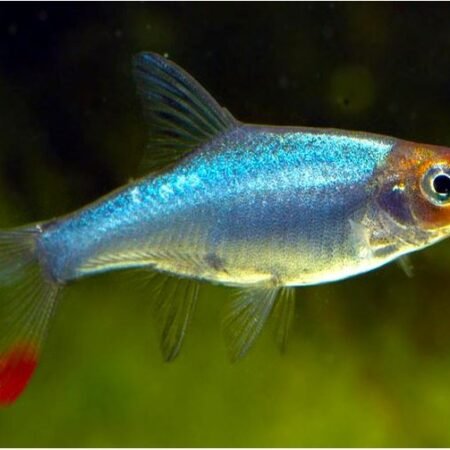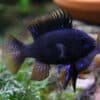To provide the best experiences, we use technologies like cookies to store and/or access device information. Consenting to these technologies will allow us to process data such as browsing behaviour or unique IDs on this site. Not consenting or withdrawing consent, may adversely affect certain features and functions.
The technical storage or access is strictly necessary for the legitimate purpose of enabling the use of a specific service explicitly requested by the subscriber or user, or for the sole purpose of carrying out the transmission of a communication over an electronic communications network.
The technical storage or access is necessary for the legitimate purpose of storing preferences that are not requested by the subscriber or user.
The technical storage or access that is used exclusively for statistical purposes.
The technical storage or access that is used exclusively for anonymous statistical purposes. Without a subpoena, voluntary compliance on the part of your Internet Service Provider, or additional records from a third party, information stored or retrieved for this purpose alone cannot usually be used to identify you.
The technical storage or access is required to create user profiles to send advertising, or to track the user on a website or across several websites for similar marketing purposes.

















Emily Carter (verified owner) –
I recently purchased the Apistogramma Panduro Dwarf Cichlid, and I couldn’t be more thrilled with this beautiful fish! After just a week in my 20-gallon planted tank, they’ve settled in wonderfully and brought such vibrancy to the tank. Their peaceful nature makes them perfect for my community setup. I’ve had experience with other dwarf cichlids, but I must say, the Panduro’s colors are absolutely stunning and they have such a friendly disposition compared to others I’ve kept. They often explore the tank together, showcasing their playful behavior, which makes them a joy to watch.
One minor concern is that they can be a bit shy at times, so giving them some hiding spots is essential for their comfort. I found that they love to hang out among the plants and driftwood, which also enhances the tank’s aesthetics. Shipping was quick, and they arrived healthy and active.
If you’re an aquarium enthusiast looking for rare fish that thrive in peaceful communities, the Apistogramma Panduro is a fantastic choice! I highly recommend these little gems for both seasoned hobbyists and newcomers. They’ve truly brightened my aquarium experience.
Emily Carter (verified owner) –
I’ve been an avid fish enthusiast for over five years, and the Apistogramma Pnduro has become one of my favorite dwarf cichlids. I added a pair to my planted 20-gallon tank about two months ago, and I couldn’t be happier with their vibrant colors and unique personalities. These tropical fish not only enhance the aesthetic of my aquarium, but they also contribute to a lively community atmosphere. I’ve observed that they thrive among the lush aquarium plants, which provide them with the perfect hiding spots.
Compared to other dwarf cichlids I’ve kept, the Pnduro is more engaging and less territorial, making them ideal for a community tank. They get along well with my other fish, and I’ve even noticed them displaying courting behaviors! The only minor concern I have is that they can be a bit shy at first, but with the right environment, they quickly adapt. I highly recommend these gems to both breeding enthusiasts and anyone looking to add a splash of color to their aquarium. You won’t regret it!